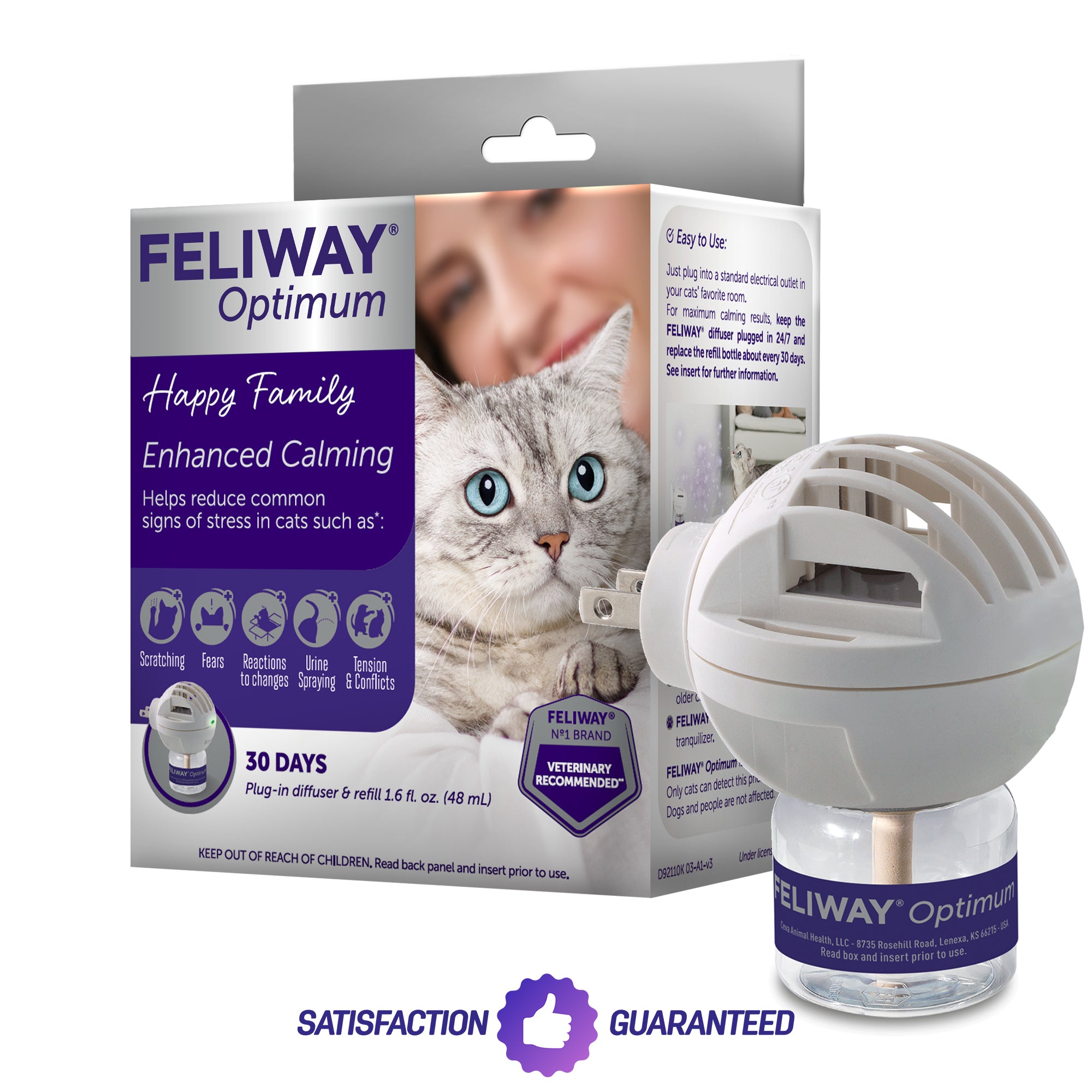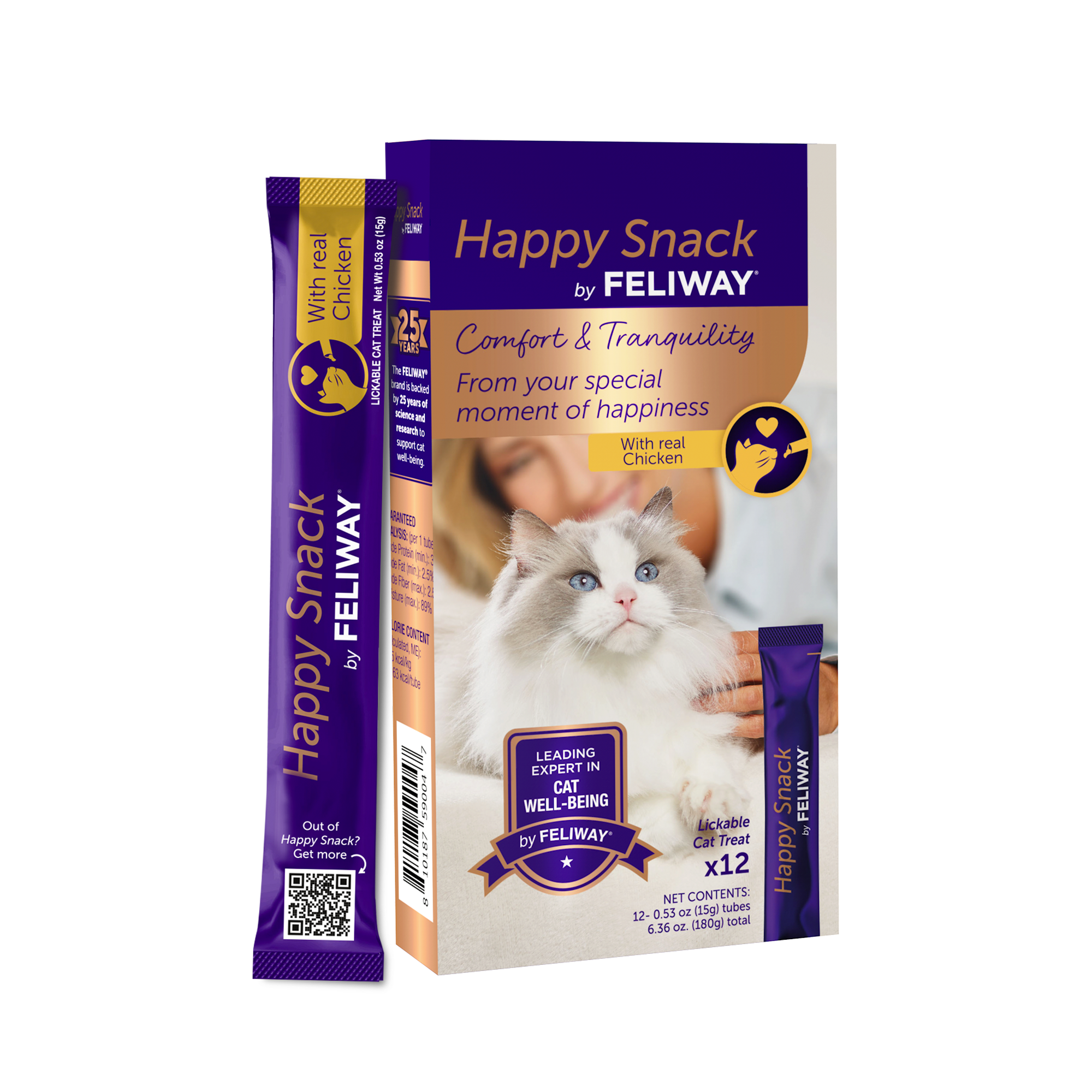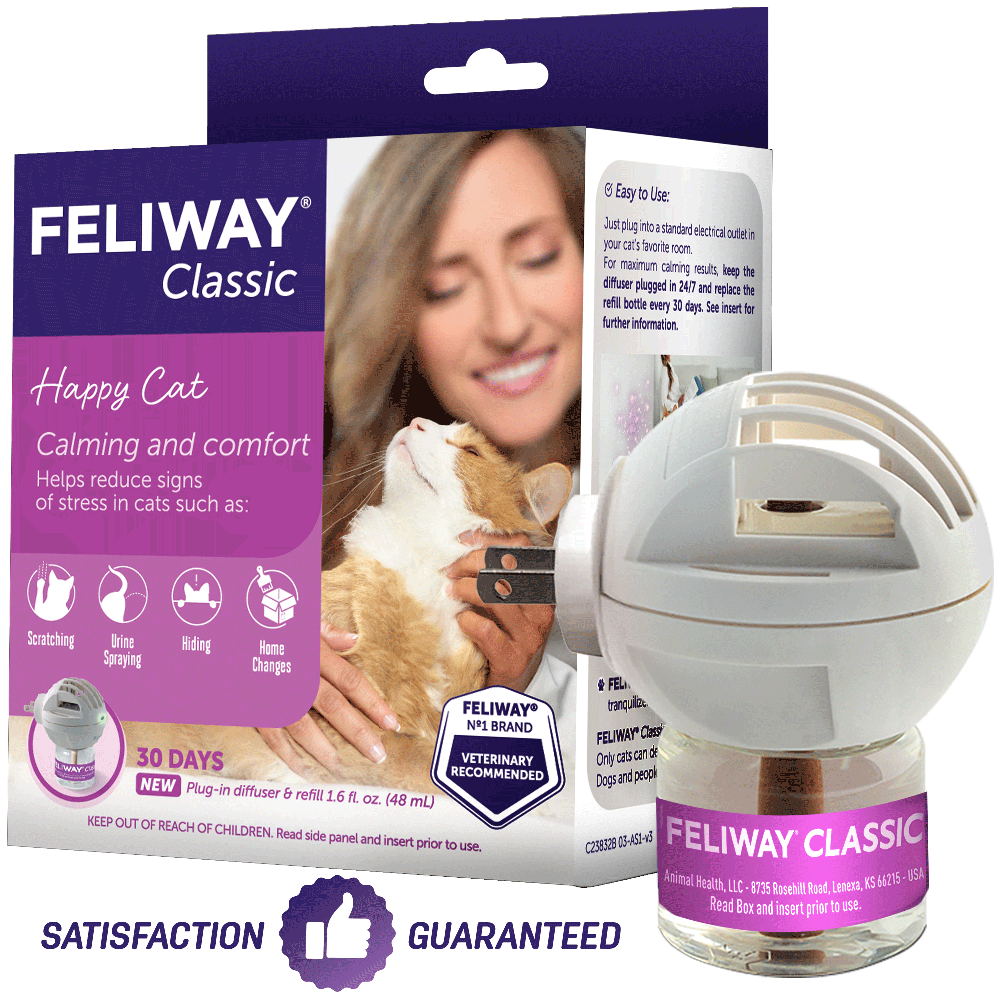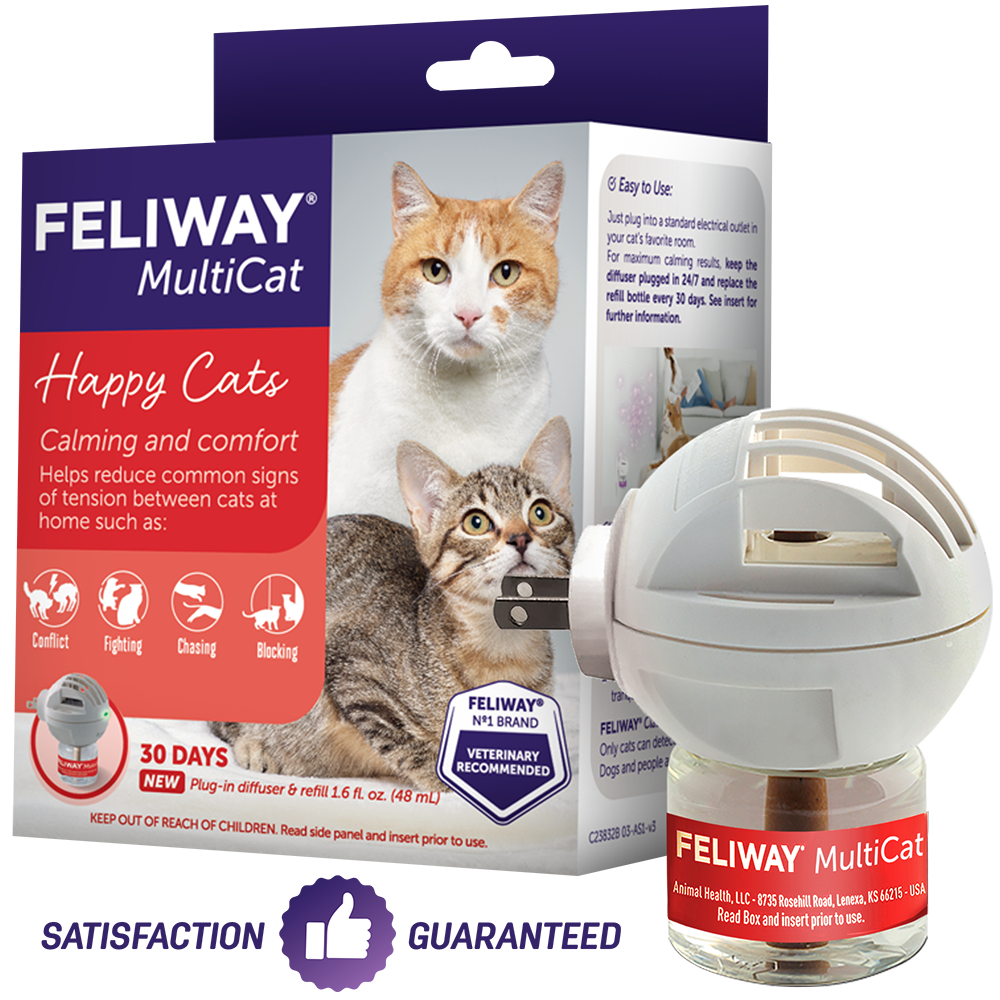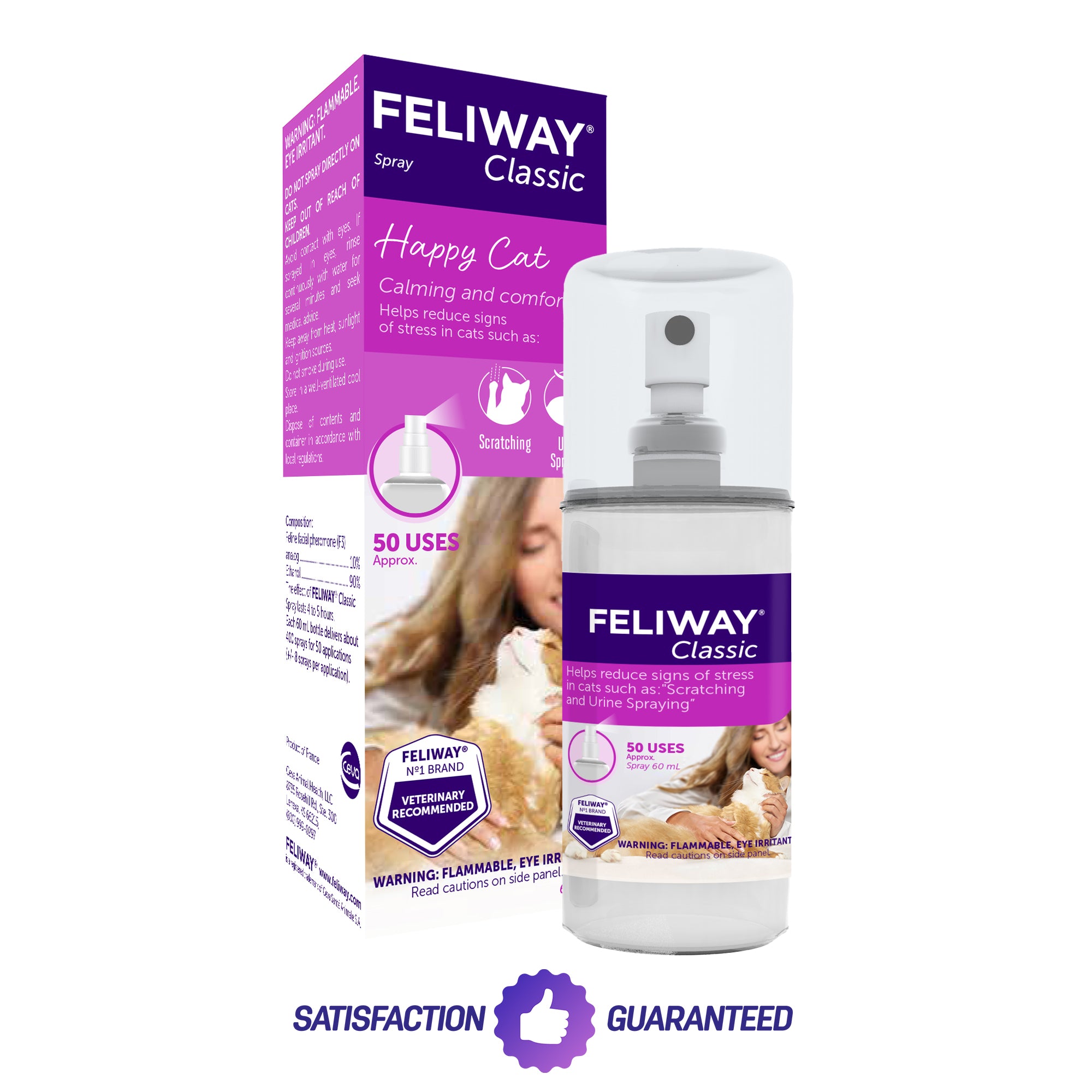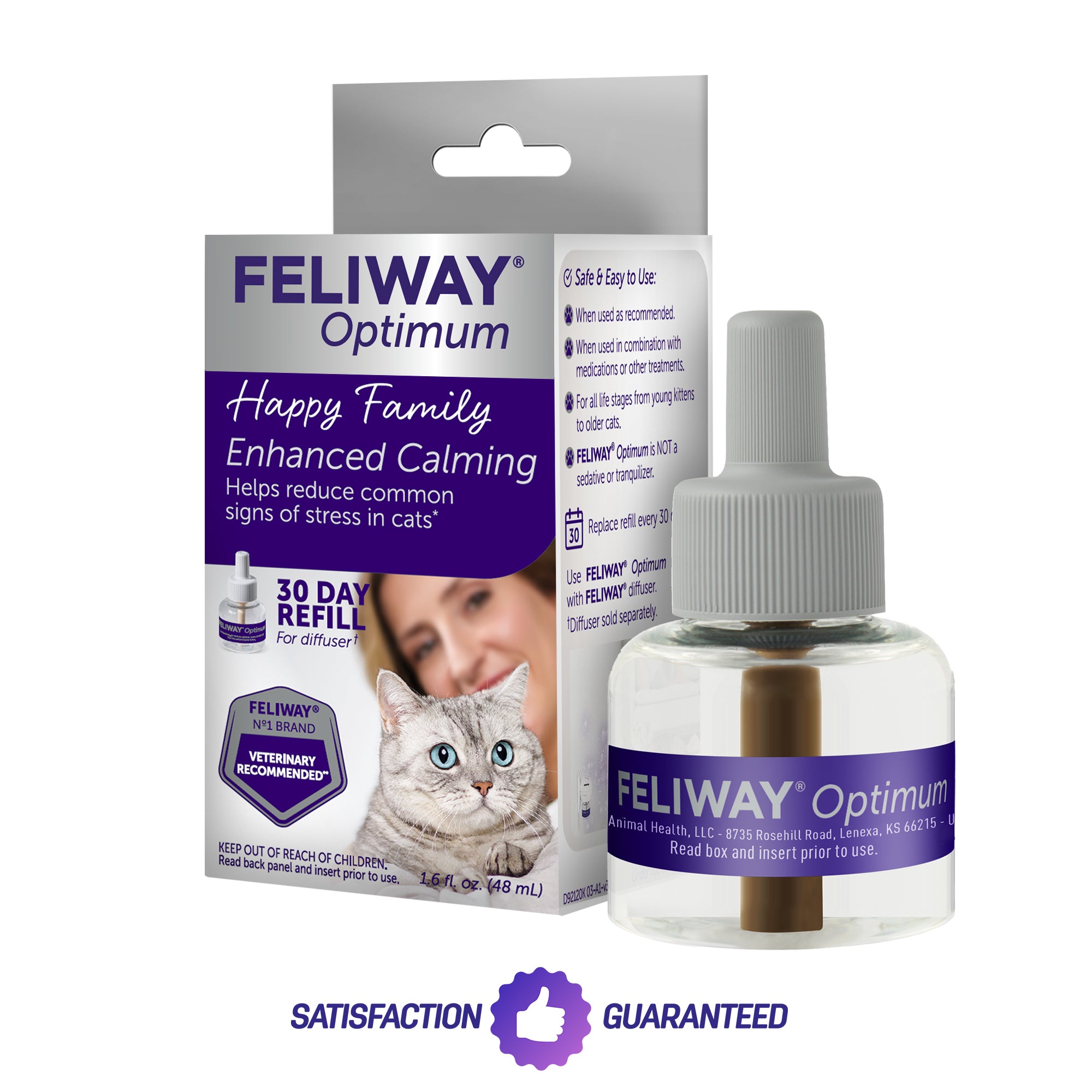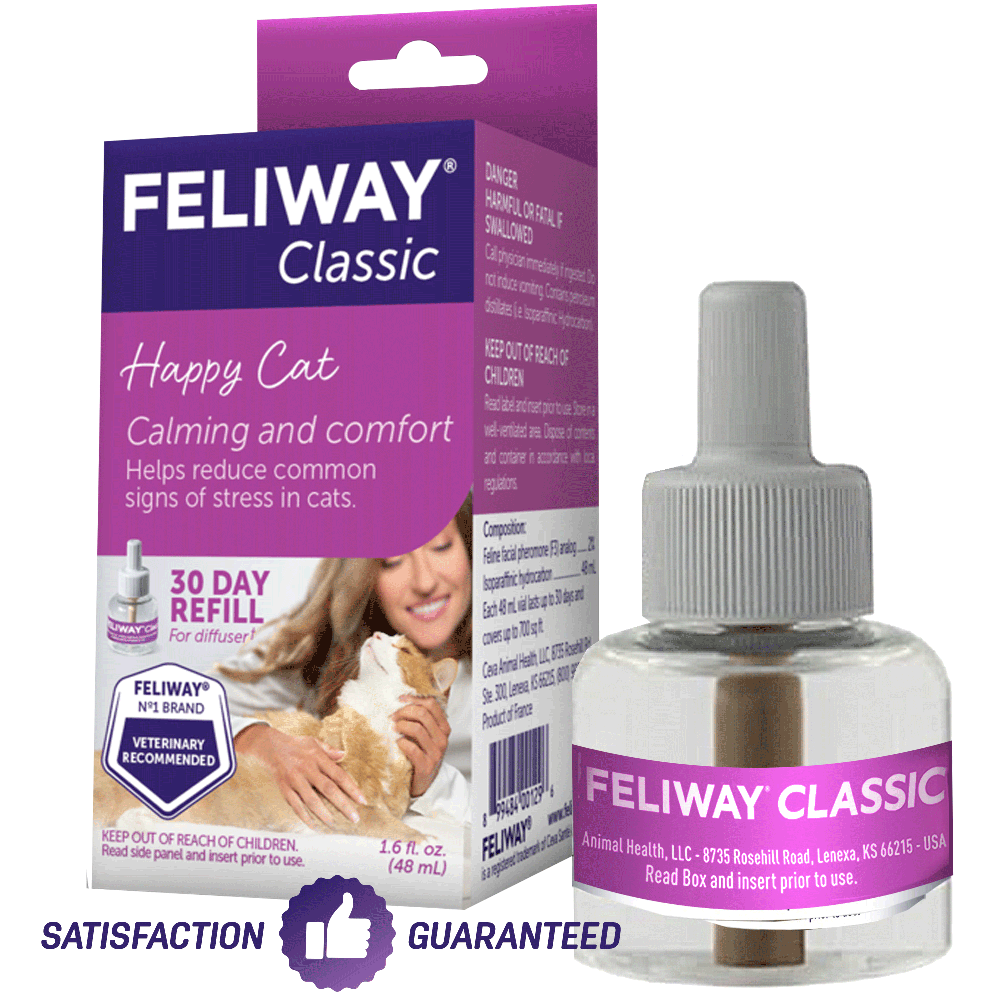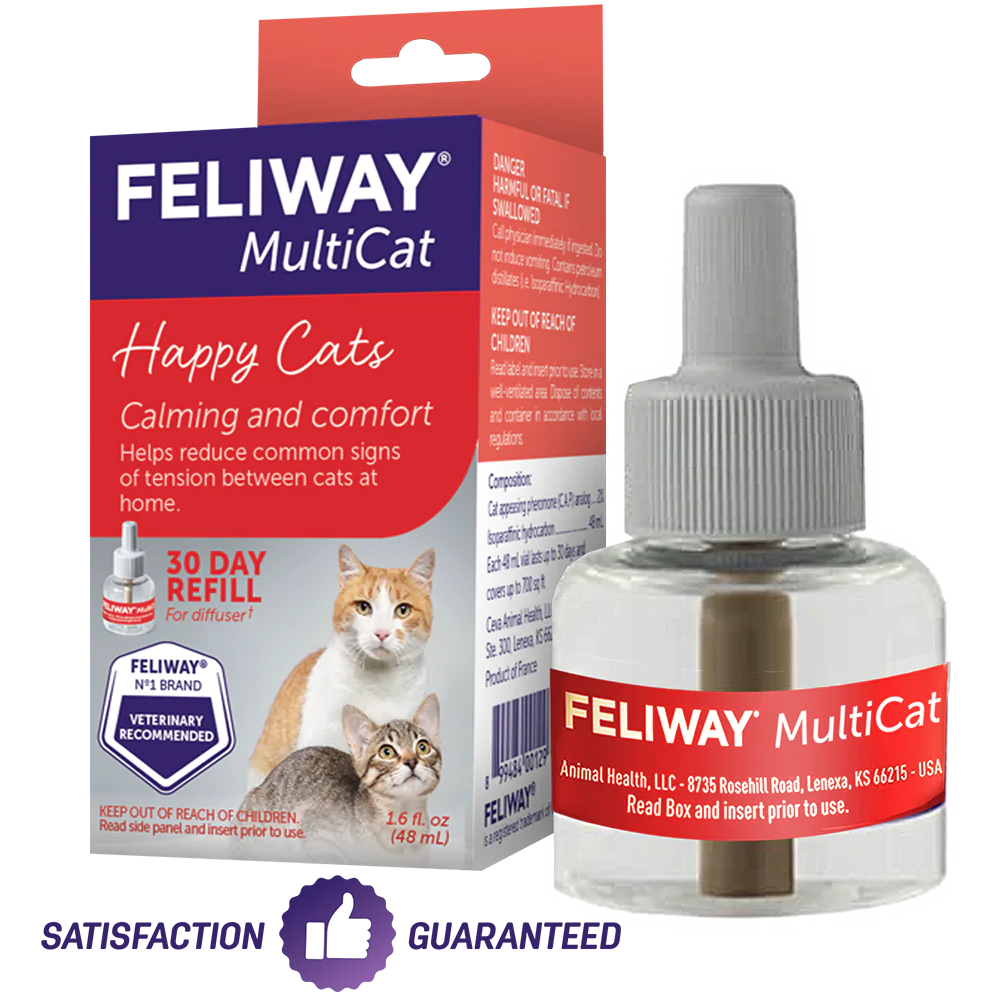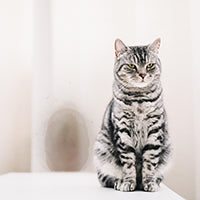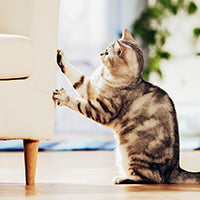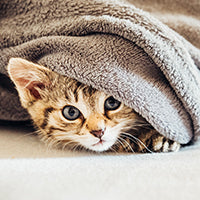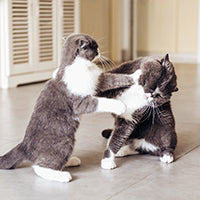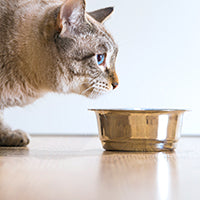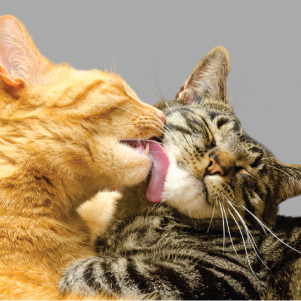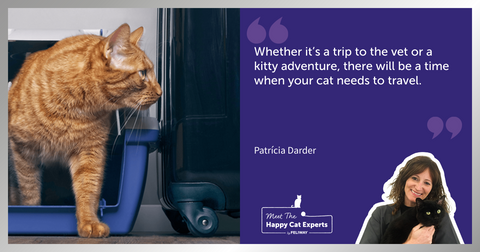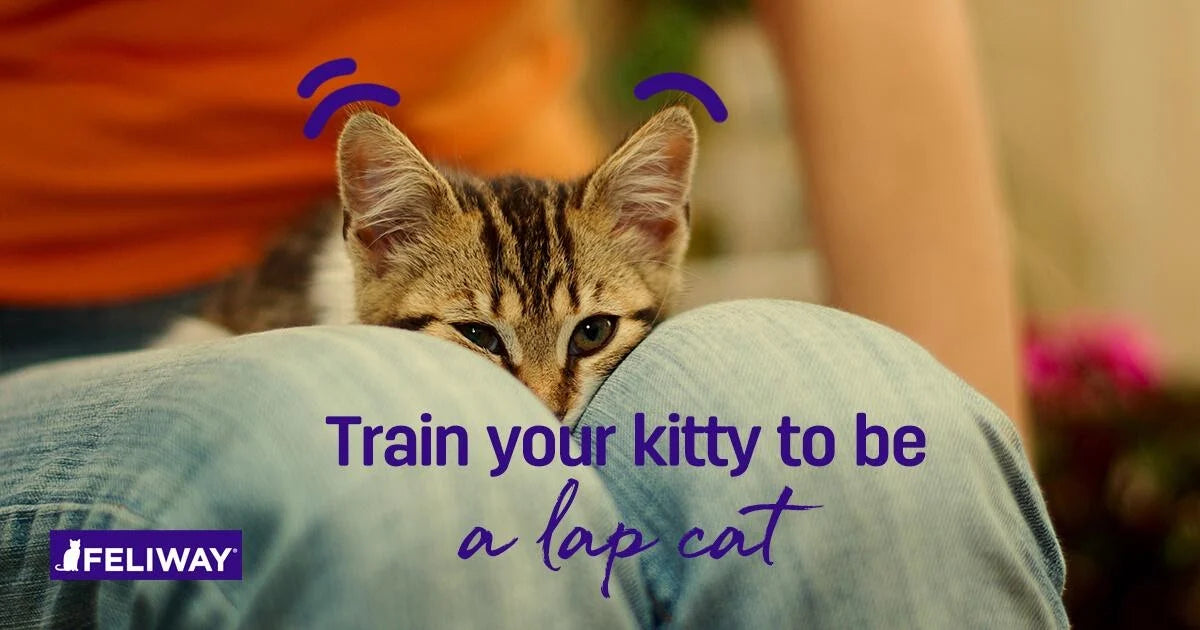
How To Train Your Kitten to be a Lap Cat, 9 Tips
It’s important to remember here that some cats will never want to be cuddly lap cats - and that’s perfectly normal! But if you’d like to encourage your kitty to spend some time close to you, here are some tips that can help you both bond, and help you train your kitten to be a lap cat.
- Start from an early age
- Never force them to do anything they don’t want to
- Build a relationship with your kitty
- Create a secure environment
- Choose the Right Time
- Use their favourite blanket
- Use Rewards
- Find their soft spot!
- Encourage them to be calm
If you’ve just bought a new tiny pussycat home for the first time, great! This is the best time to try and build your relationship and encourage your pet to feel safe and welcome. At this stage, let your kitty explore their new home in their own time. When they come near you, and allow you to stoke and pick them up, handle them carefully and gently so that they can get used to your smell and the feel of your hands. When they naturally come to you while you are sitting, encourage them with positive words and strokes - they’ll soon learn that your lap is a place for attention and fuss!
Don’t force them to sit on your lap - if they want to escape, let them. If you try to restrain them, this will only make them want to get away even more, and might put them off coming back.
Are you and your cat the best of friends? If so, you’re in a good place to encourage your cat to sit with you! Having a regular routine together - and setting aside times everyday for energetic play, and calm quiet strokes and fuss, will help your pet to trust you and enjoy being near you. It will also help if you are the one who feeds them everyday!
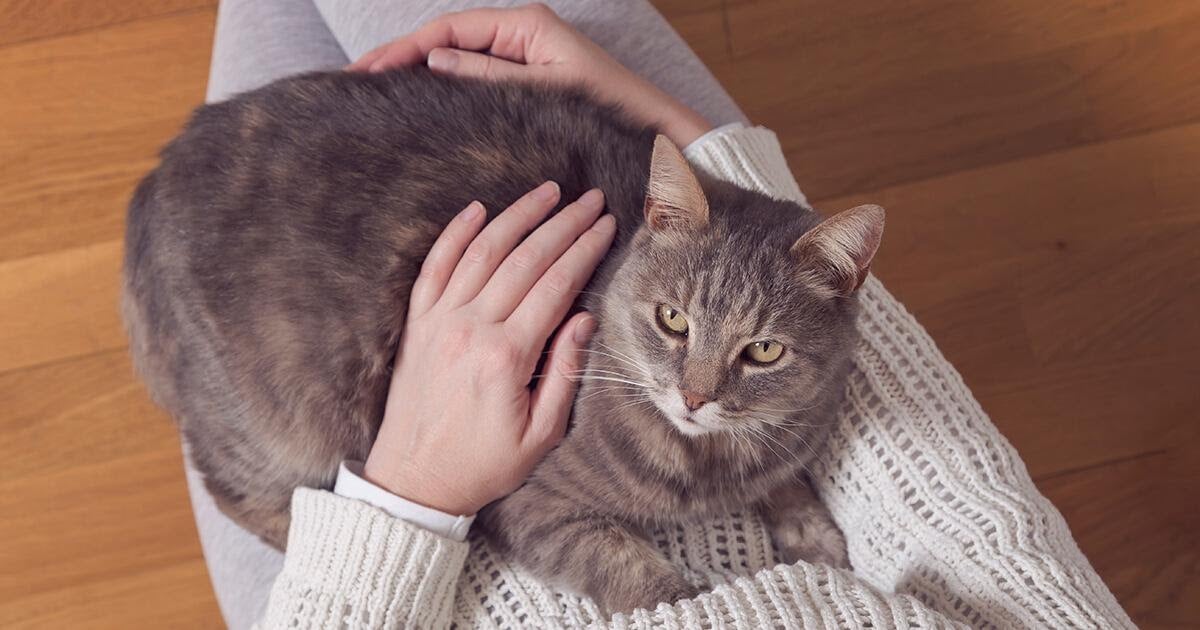
If your cat feels happy safe around you and in their home, they will be more likely to sit calmly with you. To encourage that security when you want them to sit on your lap, make sure you have lots of things that they will like by you - try covering your legs with a cosy blanket and having some cat toys - so that your pet enjoys being close to you.
Try sitting on the floor with them to play with their toys and let them climb onto you if they want to. Cats love chasing, so a soft toy on the end of a string will give them (and you) endless fun - and it will tire them out too!
Talk to your pet in a calm quiet voice, giving them treats and rewards when they sit nicely on your lap for a while
Remember, it’s their way or no way!
If your kitty has just woken up from a nap, they will want to stretch and get some exercise, so this would not be a good time to ask them to curl up with you. Don’t try to keep your kitty still when they may be distracted by something else and want to investigate!
Instead, wait until your pet has used up some of their energy for the day - maybe they have had a run around the house, have been playing or are ready to settle down after they’ve eaten. They may be happy to take it easy and curl up with you!
Cats like familiar smells, so to encourage them, put their favourite blanket on your lap and encourage them to lie on it. This will help them relax and feel more comfortable.
Bribery can sometimes work! If your pussycat is a little reluctant to sit on your lap, you could try having some treats handy! Lay a little trail of treats on the floor for them to follow, leading to your lap - this trick will encourage them to get onto your lap and they may even discover that they enjoy it and stay for a while to be petted!
Only stroke your kitty in areas where they are comfortable being touched - usually along their neck and back - but avoid areas they might not like you touching, like their mouth, stomach and feet/nails. You will soon know you’ve found their soft spot when they start to relax and purr, but if they start wriggling, give them the opportunity to jump away.
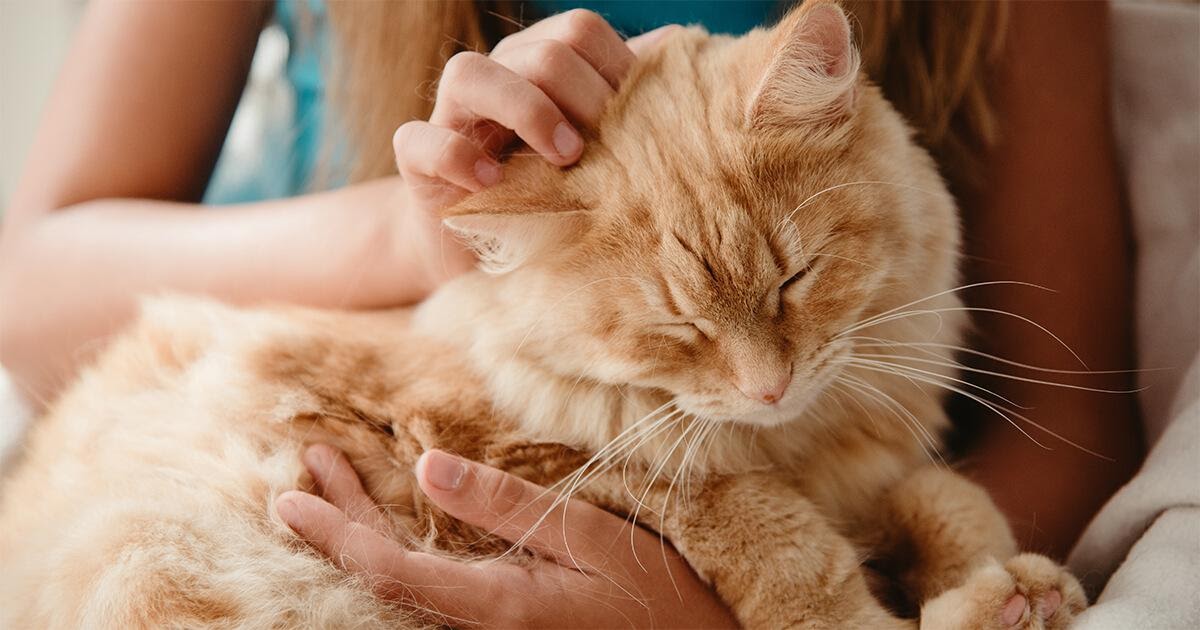
Make your house welcoming and homely for your pussycat. A calm environment will encourage them to feel relaxed and more likely to curl up on your lap. A FELIWAY Optimum Diffuser, plugged in where your kitty spends the most time, can help to support a happy, reassuring environment for your cat; slowly releasing calming messages to encourage kitty health and happiness.
